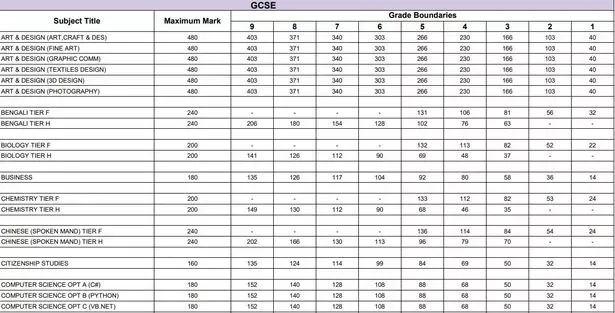
School students have sat and attained their GCSE results. Candidates were shocked to learn that there was a dip in the numbers of the highest grade from 2023 as grading was deemed to have relaxed as the Council for Qualifications (JCQ) established that this year, more than 6. 5 million results.
For the past seven years, GCSE, that is, General Certificate of Secondary Education in the UK, has been having numeracy from 9 to 1 instead of the alphabetical grades of A*, A, B, C, D, E, F, and G. This change was made because the curriculum content of the subjects has been raised and to give better indications to the employers about the level attained. A grade 9 now is said to represent a higher performance level than the previous A*.
While the new grading scale was implemented several years ago, and all subjects were on it by 2020, it will still be beneficial to be familiar with the letter grade equivalents for comparison with the old system, which is still frequently used by employers.
GCSE Grades
| Numerical Grade | Letter Grade Equivalent |
|---|---|
| Grade 9 | Higher than A* |
| Grade 8 | Between A* and A |
| Grade 7 | A |
| Grade 6 | Just above B |
| Grade 5 | Between B and C |
| Grade 4 | C |
| Grade 3 | Between D and E |
| Grade 2 | Between E and F |
| Grade 1 | Between F and G |








